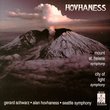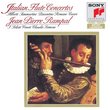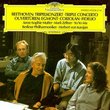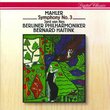The alpha and omega of George Lloyd
Rodney Gavin Bullock | Winchester, Hampshire Angleterre | 10/17/2001
(4 out of 5 stars)
"This disc contains George Lloyd's first and last (12th)symphonies. Unusually for this composer, they are both in one movement, following the scheme: Introduction (ABA) - Variations - Slow -Fast. Lloyd writes that he kept his 1st symphony (1932) when clearing out some of his early works as he was intrigued by its form and thought it had a youthful liveliness that he hoped would cover some of its defects. Elgar seems to haunt some of the material but the melodies are, on the whole, unmemorable. The joins are rather obvious and there is a lack of a real sense of flow and progression. It is not without interest, but is a pale forerunner of the things which were to come.Between the 1st and 12th symphonies lie the experiences of a sometimes tragic life. The terrible happenings of the war left him mentally broken for a long time and he gave up composing to take up market gardening. The muse eventually took him again and a series of very fine works flowed from his pen. These were to remain unperformed as the musical establishment deemed tonal music passé. It was not until the late 1970s that interest in his music rekindled, mainly as a result of the fine series of recordings by the Albany Record company.The 12th (1990) returns to the single movement form of the 1st but is almost double the length. The introduction is in ABA form and the following four variations are based on both A and B. This time Lloyd is in full control of the material, exploiting all the resources of the orchestra. The adagio is a full-blown slow movement in all but name. Gentle and serene in mood, it fits well with Lloyd's purpose to write 'something more relaxed' after the drama of his previous symphonies. The final allegro begins with some anxious, slightly nightmarish mutterings from the strings and the scary mood continues for a while. Jollier music follows but the scary stuff keeps threatening to replace it. Gradually things become peaceful and in an ending of great beauty, reminiscent of some of Bax's symphonic epilogues, the symphony comes to a heart-easing conclusion.The recording is good although the playing of the Albany Symphony Orchestra, under George Lloyd, has a few rough edges. The musical notes are also by the composer. There is a photo of him, resplendent with his to-die-for hair, looking 20 years younger than his age."
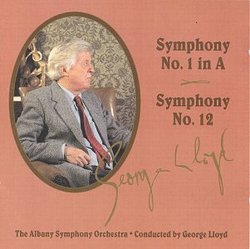

 Track Listings (15) - Disc #1
Track Listings (15) - Disc #1